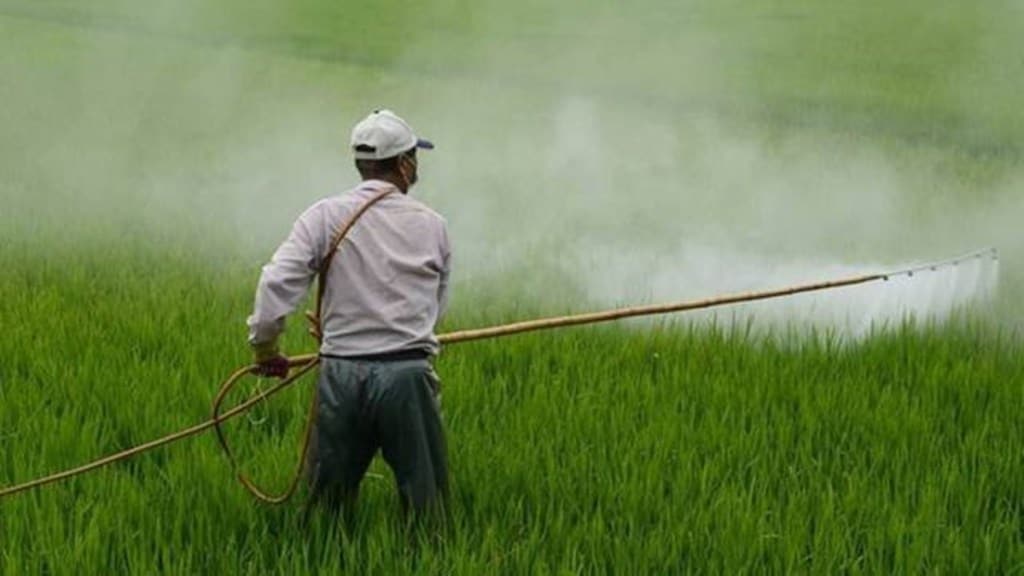The Cabinet Committee on Economic Affairs (CCEA) on Wednesday approved continuation of the extant urea subsidy scheme up to the end of the financial year 2024-25. For the period between FY23-FY25, the scheme will have an estimated budgetary cost of Rs 3.68 trillion.
The scheme allows retail prices of the key soil nutrient to farmers to be kept at 242 per bag of 45 kg, even as the current cost of production is around2,200/bag.
Since March, 2018, the retail urea price has remained at the current level. The Centre’s annual fertiliser subsidy is likely to be contained below the budget estimate (BE) of Rs 1.75 trillion because of decline in global prices of the relevant commodities, including natural gas and urea.
Fertiliser subsidy in FY23 stood at an all-time high of 2.54 trillion, owing to the spike in global commodity prices. It was for the third year in a row, fertiliser on soil nutrients had crossed1 trillion.
In terms of volume, imports account for a third of domestic soil nutrients consumption of around 65 MT annually.
The cabinet also approved the launch of sulphur coated urea (urea gold) which according to an official statement would be more economical compared to existing neem coated urea. A committee will decide the price at which urea gold will be sold to farmers.
“It will address sulphur deficiency for the soil in the country and save input costs for the farmers,” Mandaviya said.
Officials said that the nitrogen absorption in conventional urea is 30%, neem-coated urea is 50% , and nano urea is around 80%.
Additionally, the cabinet also approved Rs 1,451.84 crore under the market development assistance (MDA) for promoting organic fertilizers from ‘Gobardhan Plants’. The MDA scheme supports the marketing of organic fertilizers produced from Bio-gas plants, compressed biogas (CBG) plants under the GOBARdhan (galvanizing organic bio-agro resources) initiative.


